Disclaimer: This blog post contains affiliate links. If you make a purchase through these links, I may earn a small commission at no additional cost to you. Learn More. Thank you for supporting our garden community.
Fall Vegetables: Varieties For Your Garden
As the summer breeze fades away, and the leaves start to change their vibrant colours, it’s time to embrace a new gardening season – fall. While many may think of gardening as a spring and summer activity, cultivating our gardens all year round offers numerous benefits. In this blog post, we will explore the advantages of fall gardening and discuss the best fall vegetables to plant during this season.
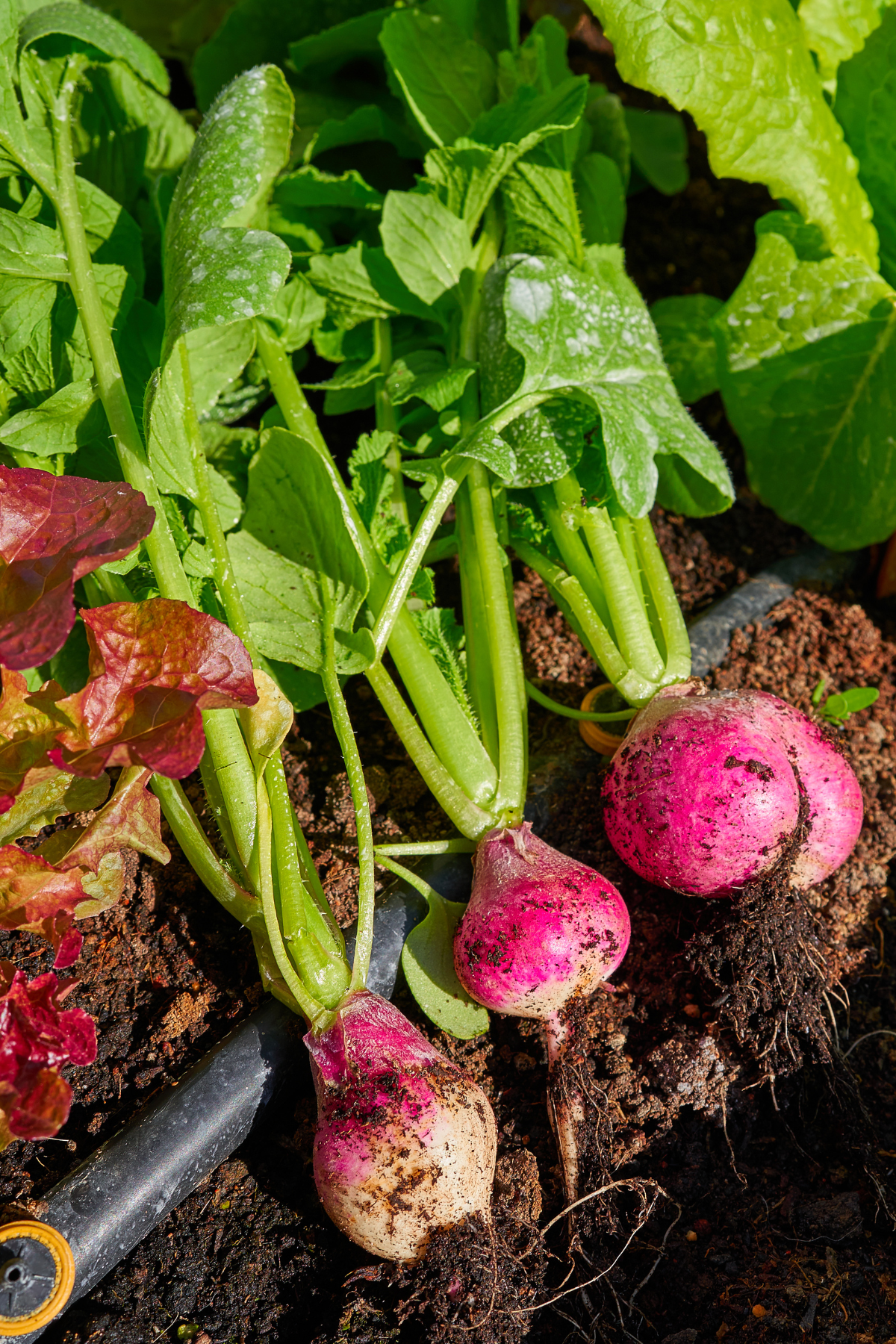
Fall is a great time to plant certain vegetables that simply don’t grow well in other times of the year.
Fall For These Vegetables This Fall
You will learn the advantages of fall gardening and the benefits of cultivating gardens all year round. We will also discover why certain vegetable crops perform better in the fall due to cooler temperatures and enhanced flavors.
You will gain an understanding of hardiness zones and frost dates, and how they impact the success of fall gardens. Finally, you will learn about the best vegetable crops for fall planting, including leafy greens, root vegetables, brassicas, and alliums, and how to maximize the chances of a healthy and productive fall garden by addressing potential pests.
Why Cultivate Our Gardens All Year Round
Gardening is a therapeutic activity that allows us to connect with nature, reduce stress, and improve overall well-being. By cultivating our gardens all year round, we can extend these benefits throughout all seasons.
Fall gardening, in particular, offers a unique opportunity to extend the growing season and enjoy fresh produce even as cooler temperatures set in. Additionally, cultivating our gardens throughout the year helps maintain healthy soil, provides habitat for beneficial insects, and reduces the risk of diseases by breaking pest and pathogen cycles.
Therefore, not only does fall gardening provide fresh produce, but it also encourages the growth of sustainable and healthy gardens.
Why Certain Crops Perform Better in the Fall
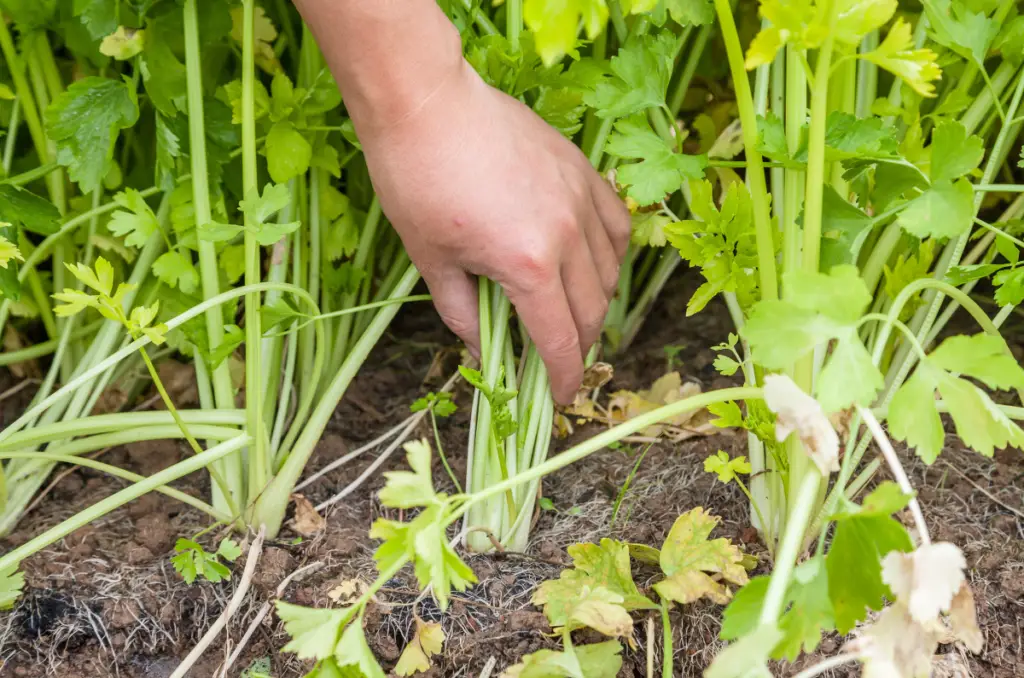
While each season presents different gardening conditions, fall provides an ideal environment for certain crops to thrive. As the scorching heat of summer subsides, plants experience less stress and can focus their energy on productive growth; many plants need cooler temperatures to develop properly.
Furthermore, cooler temperatures of fall enhance the flavours of many vegetables, resulting in a satisfying harvest. As a result, fall gardening offers the opportunity to grow vegetables that are not only productive but also flavourful.
Understanding Hardiness Zones and Frost Dates
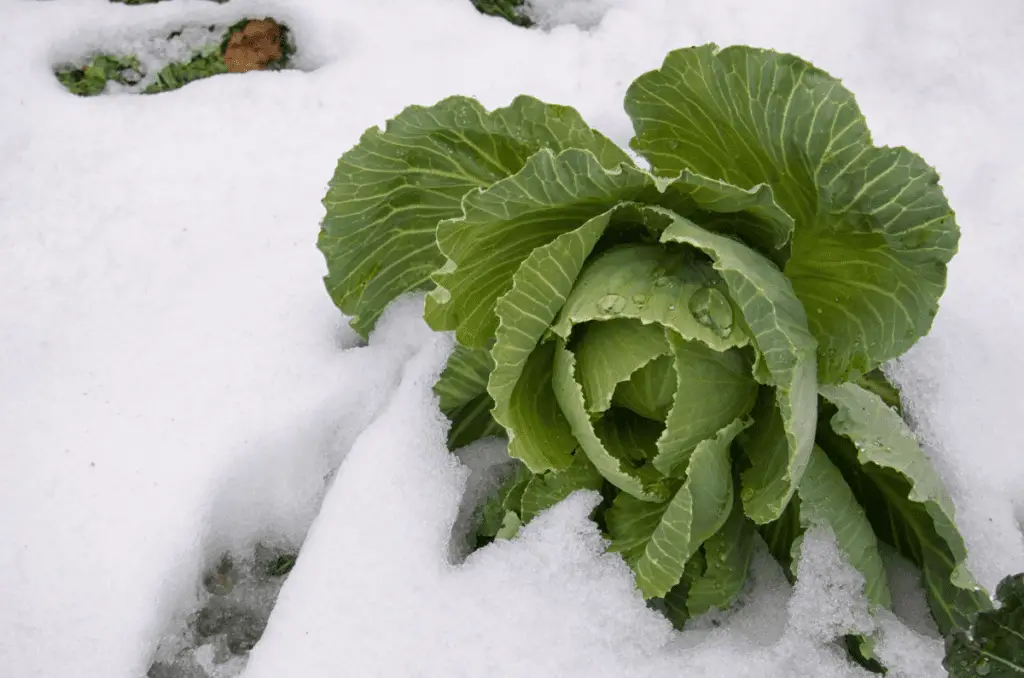
Hardiness zones and frost dates play a crucial role in determining the success of our fall gardens. Hardiness zones indicate the average minimum temperatures experienced in an area, helping us select crops suitable for our specific region.
By selecting crops according to hardiness zones, we increase our chances of success when it comes to plant growth.
Furthermore, it is important to understand the frost dates as they determine when we should sow seeds or transplant seedlings. A general rule of thumb is to plant your fall vegetables 6 – 8 weeks before your first frost date.
By aligning our planting schedule with the hardiness zones and frost dates, we can maximize the chances of a healthy and productive fall garden while avoiding any potential setbacks.
Be Aware of Prolific Pests in the Fall
As we venture into fall gardening, it’s important to be aware of potential pests that can wreak havoc on our crops. Some common culprits during this season include aphids, cabbage worms, and squash bugs.
To avoid potential damage to our crops, it is essential to control pests through preventive measures such as using this insect netting and practicing crop rotation (which I am not too sure about. At this point I think it’s just a psychological trick).
Therefore, monitoring our crops and using this insecticidal soap to respond to insect infestations is crucial for a successful fall harvest.
Best Vegetable Crops for Fall Planting
Now, let’s delve into the best vegetable crops to plant in the fall for a bountiful harvest. If you want to purchase any of the mentioned vegetables, simply click on its name!
Leafy Greens:
Varieties such as kale, spinach, and lettuce perform exceptionally well in the cool temperatures of autumn. They can tolerate light frosts (and even improve in flavour after a frost) and continue to produce fresh and nutritious leaves even as the days get shorter. Incorporating leafy greens in our fall gardens provides us with a variety of essential vitamins and minerals.
Root Vegetables:
Carrots, beets, and radishes thrive in the cool and moist soil of fall. Planting them in late summer allows them to mature as fall progresses, resulting in sweet and tender roots. In addition, root vegetables offer versatility in our meals, from comforting soups to healthy salads.
Brassicas:
Broccoli, cauliflower, and Brussels sprouts are cool-season favorites that develop robust flavours in autumn’s cooler temperatures. By starting them from seedlings a few weeks before the first frost, we can enjoy their nutritious florets well into fall and even winter, depending on your region. These vegetables can add depth to any meal, making them a healthy and tasty addition to any menu.
Alliums:
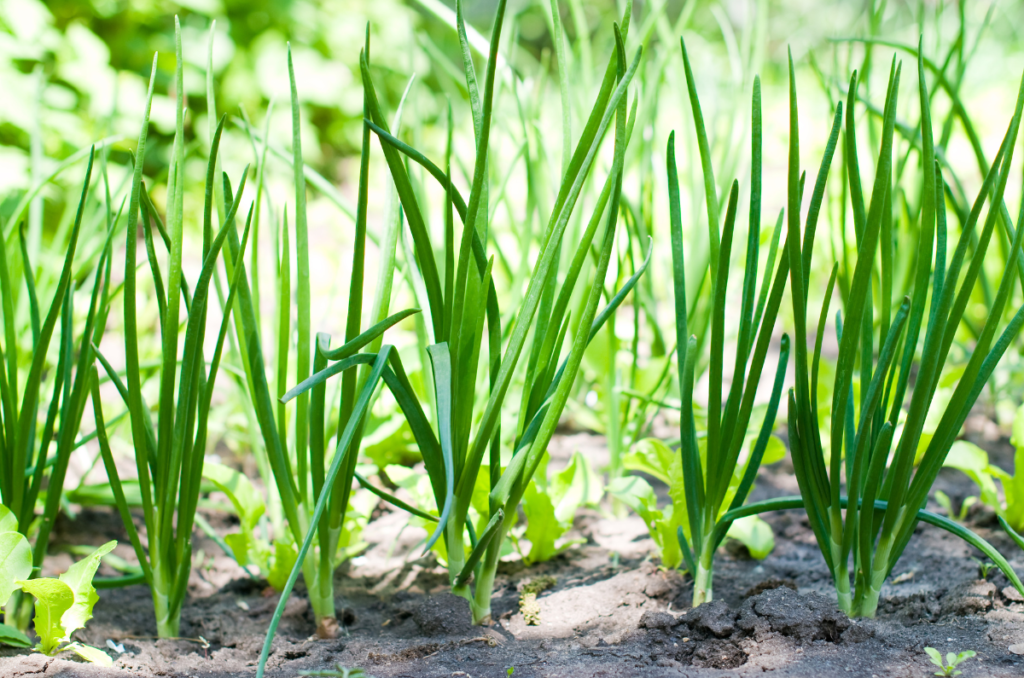
Fall is also an excellent time to plant alliums like garlic and onions. These crops require a period of cold to develop the desirable flavours and bulb formation. Planting them in fall allows the roots to establish over winter, leading to healthy growth and abundant harvest the following spring and summer. These versatile vegetables are staples in many home kitchens, adding flavour and aroma to dishes.
Products:
For all-purpose organic fertilizers, check out Arber.
For organic, non-GMO garden seeds, check out SeedsNow.
For a wide selection of garden plants, check out Nature Hills Nursery.
For gardening equipment, check out Bootstrap Farmer.
For gardening tools and supplies, check out VIVOSUN.
Conclusion
Fall gardening opens up a whole new world of possibilities for gardeners. By embracing the cool temperatures and unique conditions, we can enjoy a diverse range of flavourful vegetables that thrive during this season.
Remember to consider hardiness zones, frost dates, and potential pests as you plan your fall garden. By utilizing essential tools and supplies, such as the garden trowel, pruners, micro-tip pruners, insect netting, and grow bags, you’ll be well-equipped to tackle the challenges and reap the rewards of a successful fall harvest.
So, let’s embrace the beauty and bounty of fall gardening!
If you want to learn more about gardening, foraging, nature, and sustainability, check out The Real Gardener on Instagram, YouTube, and Pinterest.
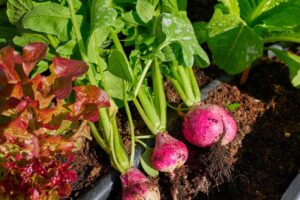

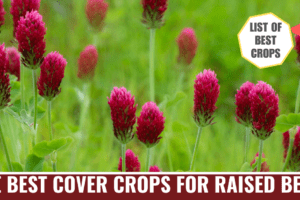
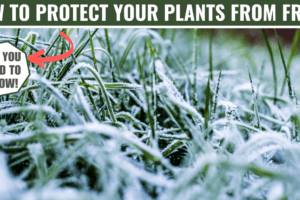
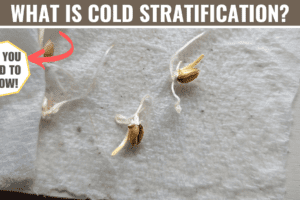
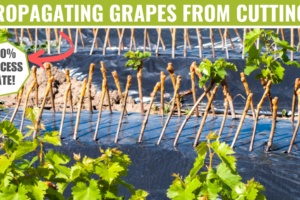
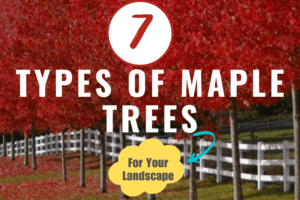
Leave a Reply